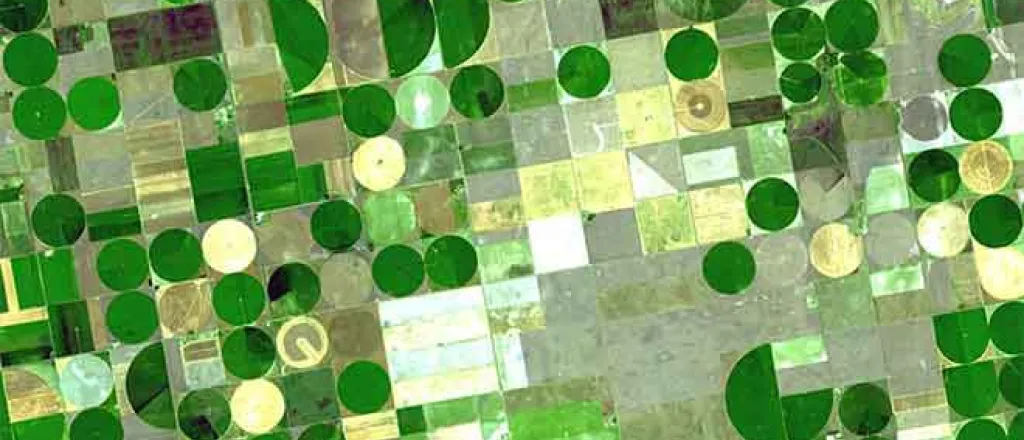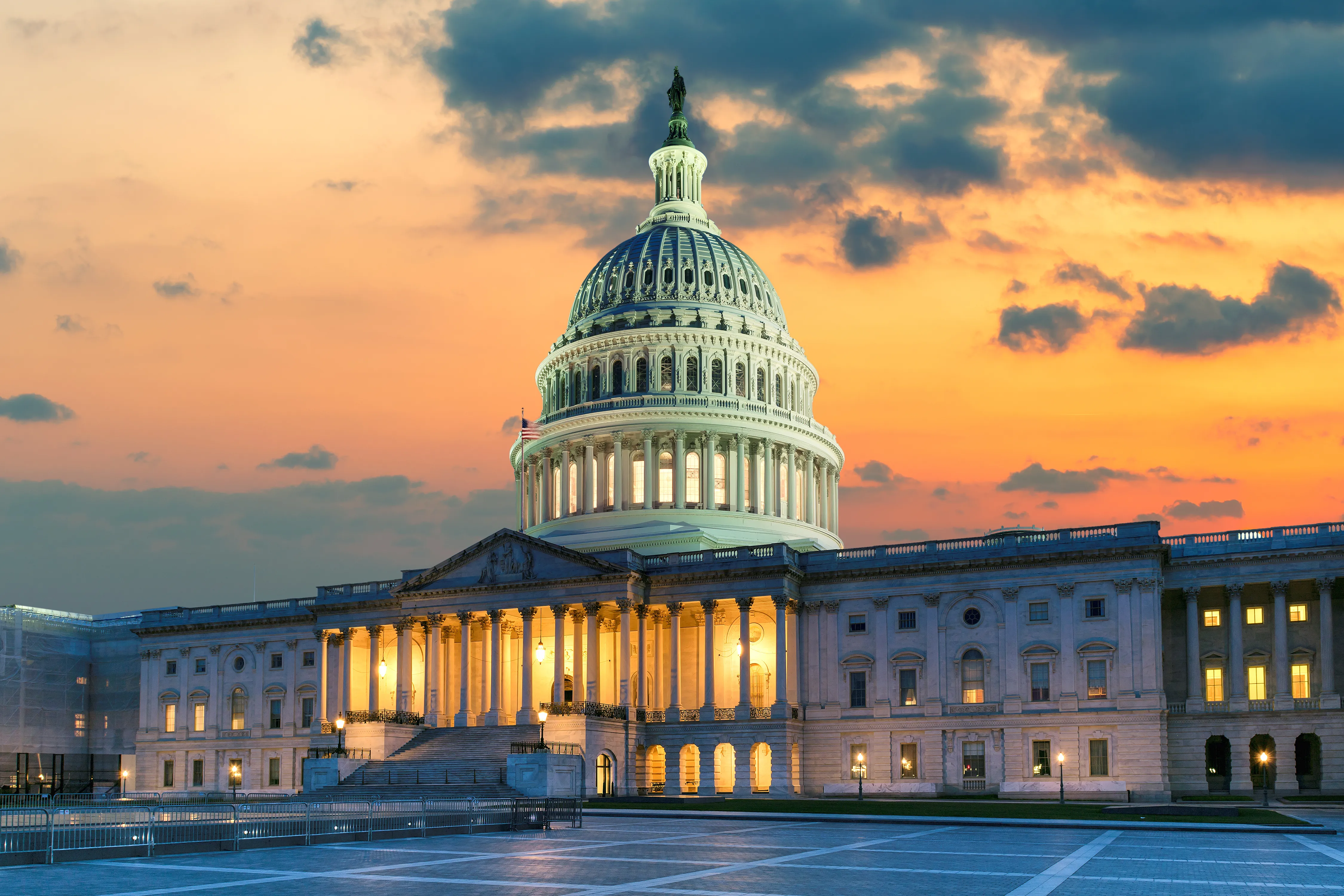
Colorado farmers headed to Washington in advance of Farm Bill
(Colorado News Connection) Farmers and ranchers from Colorado and across the U.S. are headed to Washington, D.C., this week in hopes of transforming the 2023 Farm Bill.
Mike Callicrate, owner of Ranch Foods Direct in Colorado Springs, said previous farm bills have been at odds with the U.S. Department of Agriculture's own dietary recommendations. He pointed out the lion's share of farm subsidies do not help grow food people eat. They help grow commodities that can be used to create more profitable but less healthy processed foods.
"And so at the same time as USDA is promoting more fruits and vegetables and healthier food going into our diets, we support something entirely different," Callicrate contended.
The USDA recommends a diet of 50 percent fruits and vegetables, but only 4 percent of farm subsidies support their production. Big agribusiness has long had Congress' ear when it comes to structuring the Farm Bill, and the Food Not Feed Summit, set for Tuesday, hopes to amplify concerns of family farmers, workers, health and nutrition experts and faith-based and animal welfare groups.
Callicrate argued part of the farm bill should support local and regional food systems paying farmers a fair price for bringing healthy foods directly to consumers, which can strengthen rural economies. He believes the Farm Bill should benefit the people on the land who take the risk, and do the work of producing food.
"The whole attitude of USDA has been for a long time, 'Get big, or get out,' " Callicrate emphasized. "All of that is to the benefit of the biggest corporations who have financialized and industrialized our food system to capture the wealth that's created by that farmer and rancher."
Nearly eight in 10 Americans said the production of healthy, sustainable food for people should be prioritized over producing feed for livestock, according to a recent survey.
But Callicrate explained the USDA continues to direct farm subsidies to commodities used to produce things like high fructose corn syrup and feed for livestock, using tax dollars to keep costs artificially low for Big Ag.
"Much of it goes to the livestock," Callicrate stressed. "But the thing is, whether it goes to livestock or goes into commodity value-added further production, we're still feeding the corporation. We're feeding corporations, we're not feeding family farmers and people."

















